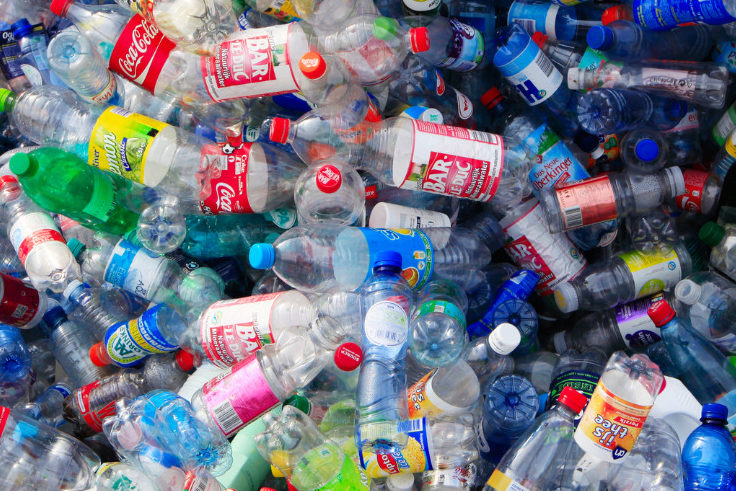EU requirement by 2024
According to EU directives, beverage producers must ensure by 2024 that the caps remain connected to the bottle to protect the environment. In Germany, 97% of deposit bottles have so far already been returned via the deposit system, most of them actually also with lids. In the future, however, all bottles including lids are to be recycled.
A deposit system like the one in Germany does not yet exist throughout the EU. We Germans are actually at the forefront of recycling. The topic should also improve the recycling cycle in EU countries without a recycling cycle and deposit system.
Implementation of “Tethered Caps”
.
The cap of a bottle is firmly attached to the bottle neck, so the associated cap cannot be lost and remains in the recycling loop. Coca-Cola is the pioneer in Germany in implementing this EU requirement. The aim is to implement a changeover throughout Europe in order to reduce waste and increase collection rates for recycling.
The new cap type saves up to 1.37 grams of plastic per bottle. Consumers simply leave the cap on the bottle when drinking, reseal it and return the packaging to the deposit machine as usual.
They are attached to all disposable PET beverage containers with a volume of up to three liters. The content of the PET bottle with the new cap is irrelevant – beverages range from soft drinks and sodas to water and milk in carton packs.
Criticism of EU plan
.
It is not as simple as the EU imagines, especially for the affected companies. According to forecasts, this could require between 50,000 to 200,000 tons of additional plastic to ensure the connection to the bottleneck. In addition, the companies would have to invest 2.7 billion euros in order to fundamentally convert filling plants. This would affect 1,359 filling lines across the EU.
Even though there is still time until 2024, the companies involved, whether manufacturers of closures, of injection molding machines or of filling machines, have requirements for the design and processability of the closures. Quality and ease of use should be maintained, with no or minimal impact on companies’ production costs, bottle design, and filling or capping processes.
What lies ahead for beverage producers?
The companies affected are well aware that current filling and packaging processes will not remain the same with this project. The new bottle cap designs will require new variants in the process. Currently, two variants dominate:
The “lasso design” refers to caps that are connected to the bottle with a two-part band. The cap is connected to the upper band and the bottle to the lower band. This design is relatively simple and can be implemented with existing tools. Usually, only the so-called sliders need to be reworked.
The “hinge design”, on the other hand, solves the permanent connection of cap and bottle with the help of a hinge. This can optionally additionally allow the cap to be fixed in a defined position. The use of existing tools is virtually impossible in this case.
The directive on tethered caps also applies not only to PET bottles, but also to beverage cartons in which milk is sold, for example. For the beverage industry, the task now is to test possibilities and adapt production.

